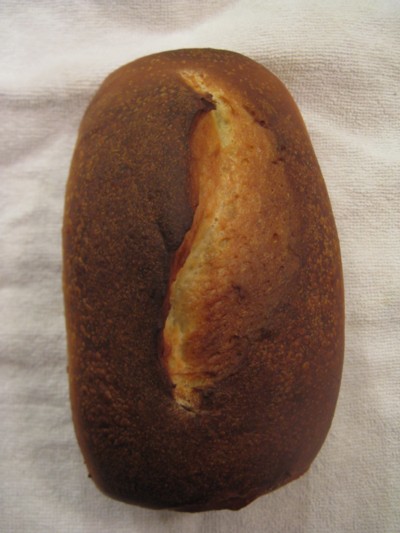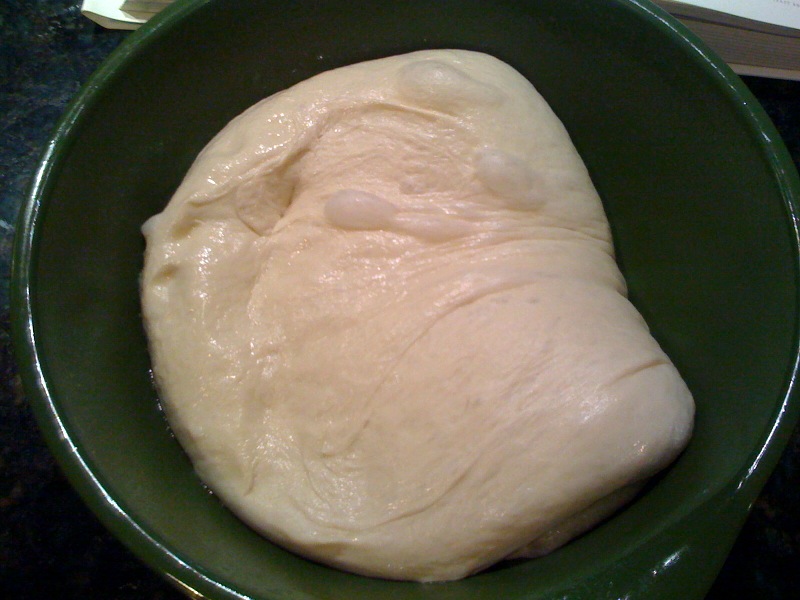Le Pain de Seigle de Thiézac (The Rye Bread of Thiézac)
Thiézac, a village 30 km from Aurillac (260 km north-east of Toulouse, France) has a reputation of [color=brown][b]pure rye bread[/b][/color]. Just the sound of it is beautiful to me.
- Log in or register to post comments
- 30 comments
- View post
- Shiao-Ping's Blog





